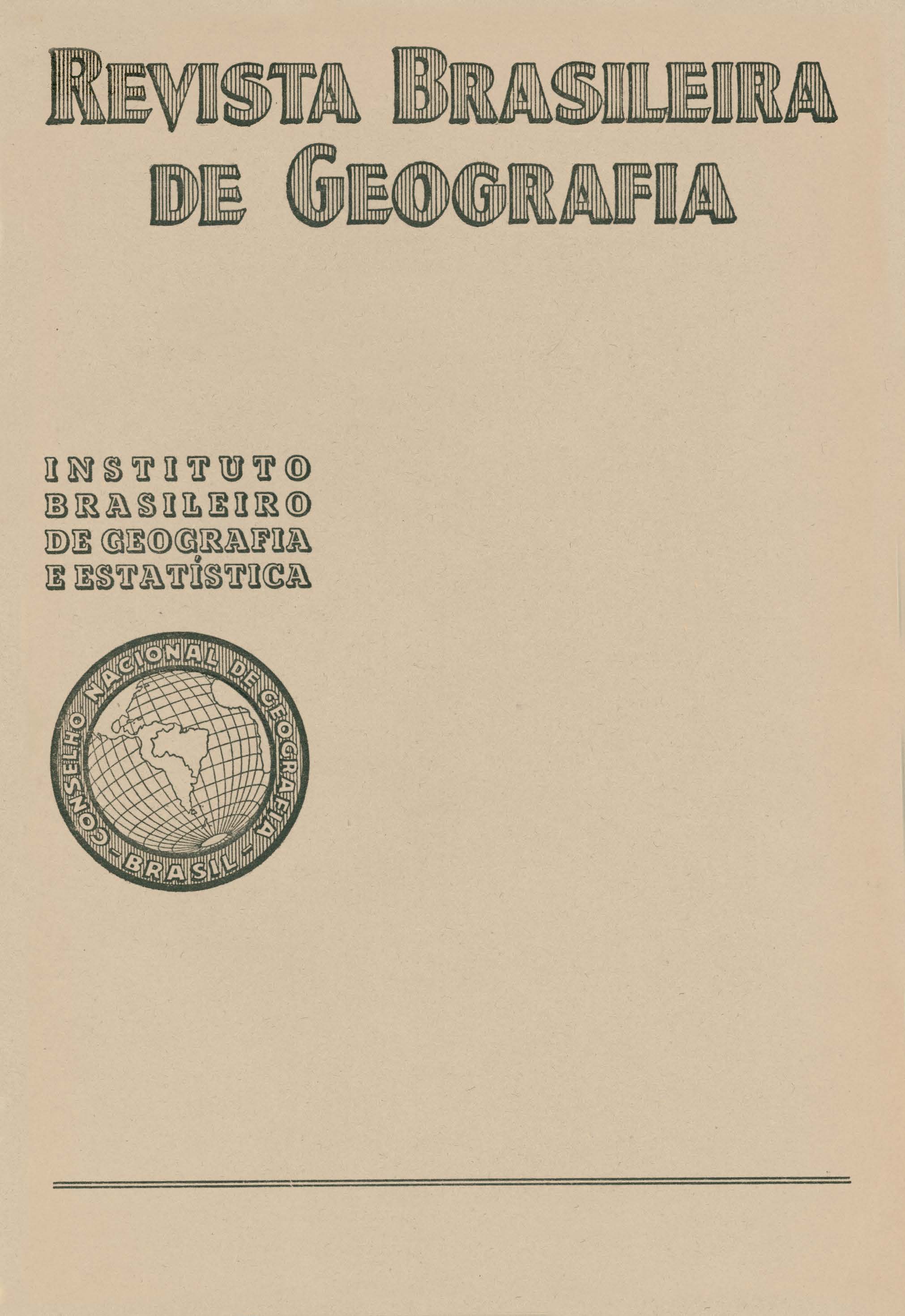Enchentes e movimentos coletivos do solo no Vale do Paraíba em dezembro de 1948 : influência da exploração destrutiva das terras
Keywords:
Paraíba do Sul;, Inundações;, Geomorfologia Fluvial;, Erosão.Abstract
This article deals with the natural and cultural factors responsible for the violent floods, which, in December 1948, ravaged an extensive area of the “Zona da Mata” in the State of Minas Gerais Damage was inflicted mainly by the sloughing away of hillsides and the subsequent deposition upon farmlands of the resulting detritus, which also buried homes and stores.
After indicating the bearing of basin characteristics and meteorological factors upon the calamitous events, the writer proceeds to examine the part played by the soil and vegetal cover, drawing attention to adverse modifications resulting from careless use of the hilly area, where terracing, contour cultivation and strip cropping should have been adopted.
The writer rejects the idea that the observed mass-movements of soil and weathered 1ock could be attributed to a seismic shock. He considers the possibilities for stabilization of the scalped area Attention is called to the disruption of hydrological equilibrium, and the resulting curtailment of water supply during rainless periods. Among other geomorphological observations, the possibility of man-induced river piracy is pointed out, with respect to the Angu and Aventureiro basins. The sorting of sediments of various dimensions, shapes and specific weights, which results from the variation of the competence of running water with regard to transportation, is duly considered and the effect of silting upon future flood levels is stressed.
In concluding this interesting and timely paper, the author considers the steps which must be taken if the deleterious effects of unusually heavy rainfall are to be avoided, or at least, mitigated. Among other measures, he recommends the establishing of soil conservation districts for the dissemination and under taking of current soil conservation practices; he also advocates permanent or transitory stewardship exercised by the government over certain tracts - precisely those most unfitted for economic utilization - in order that they may be built up as forests wildlife refuges, etc, and thus contribute to under ground storage of water, so necessary for crops, livestock and domestic consumption.






